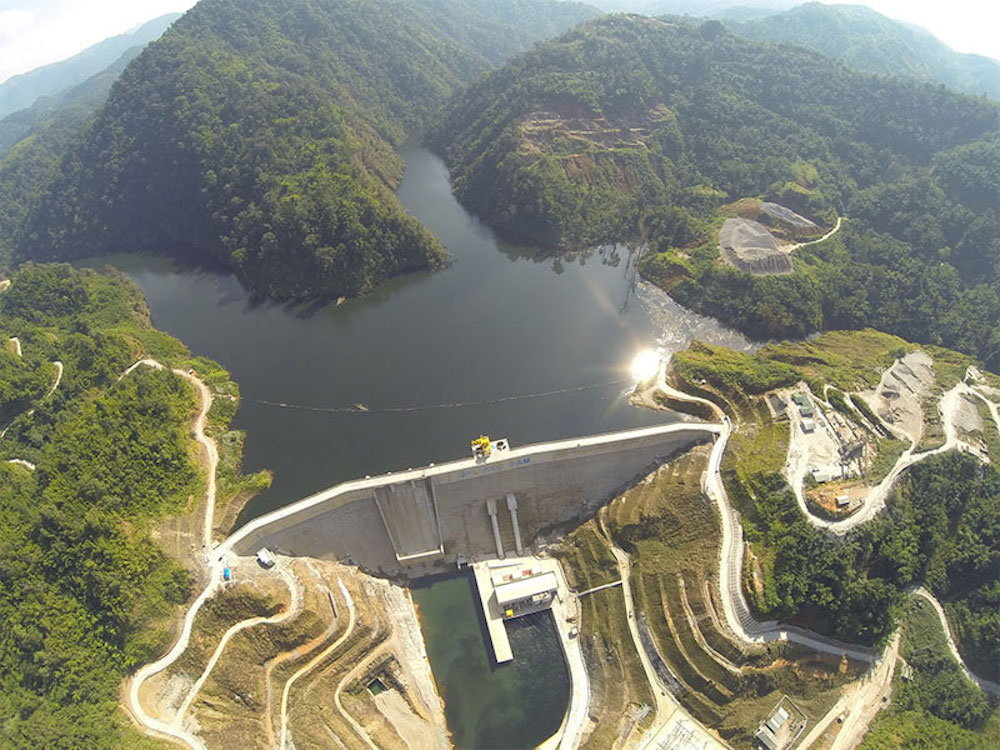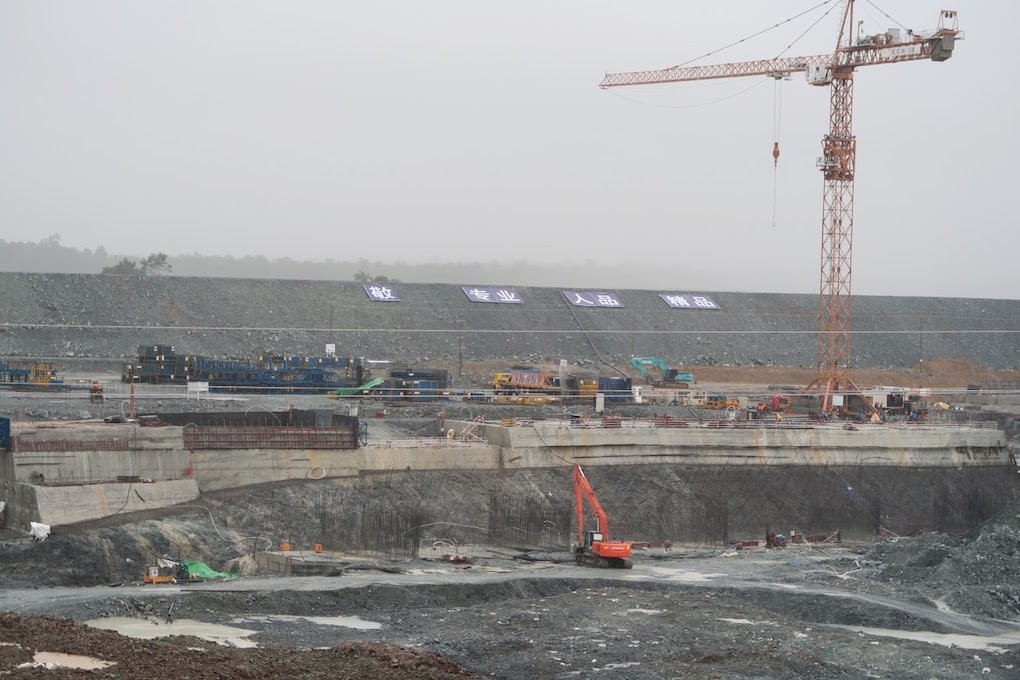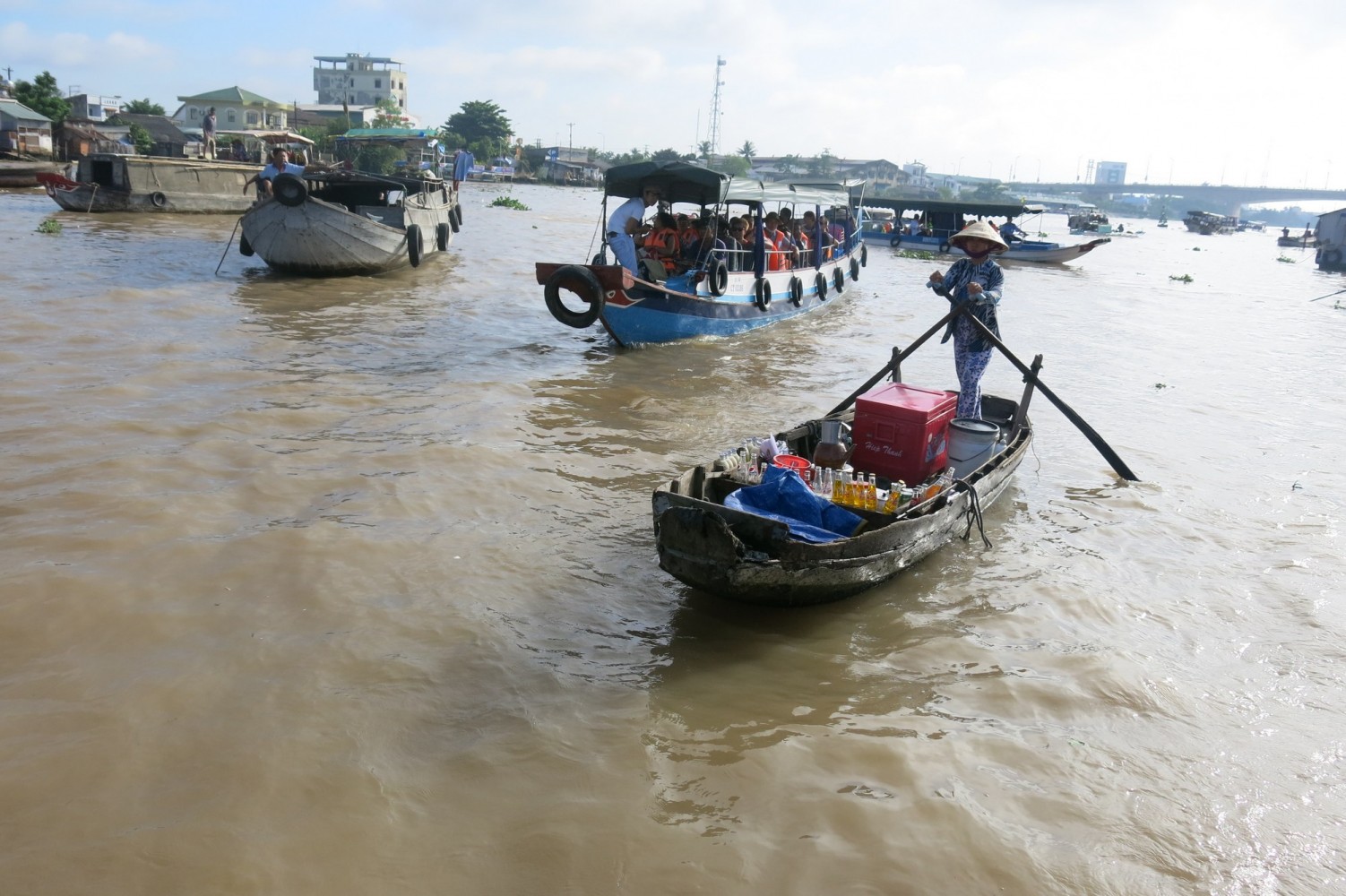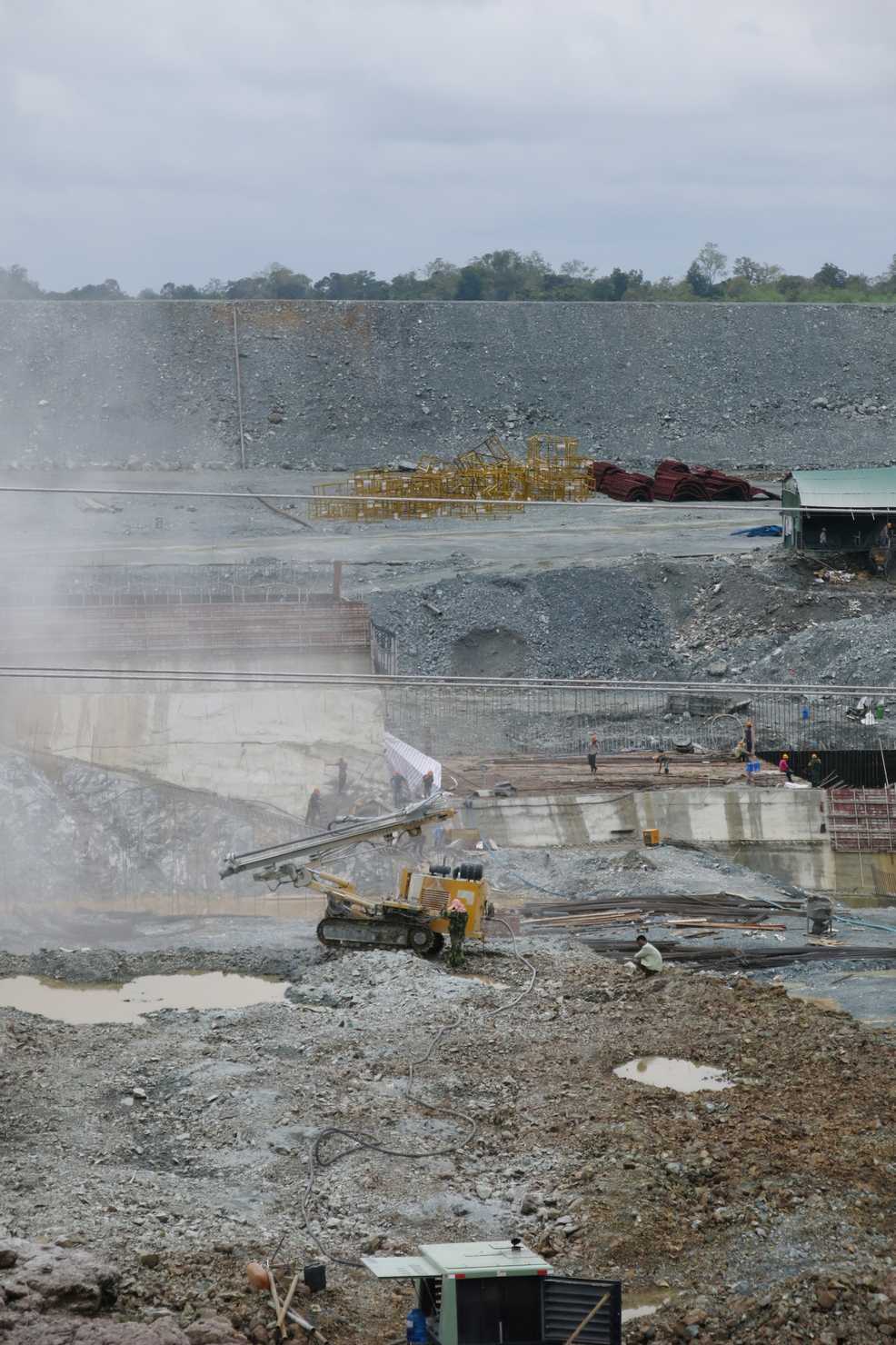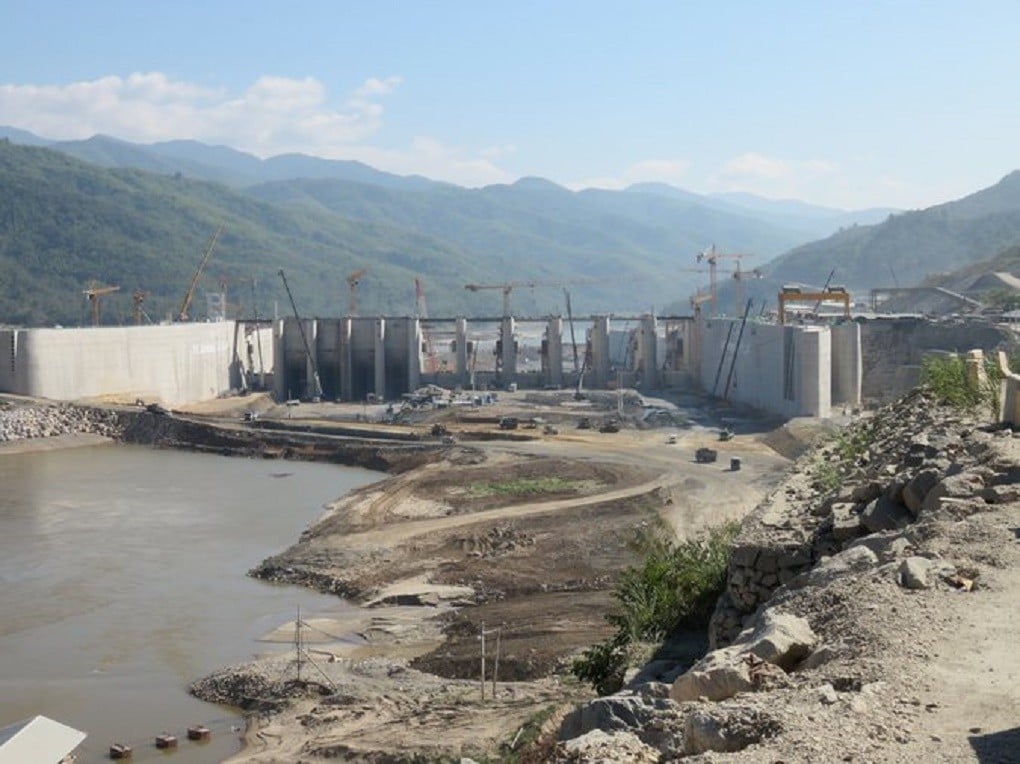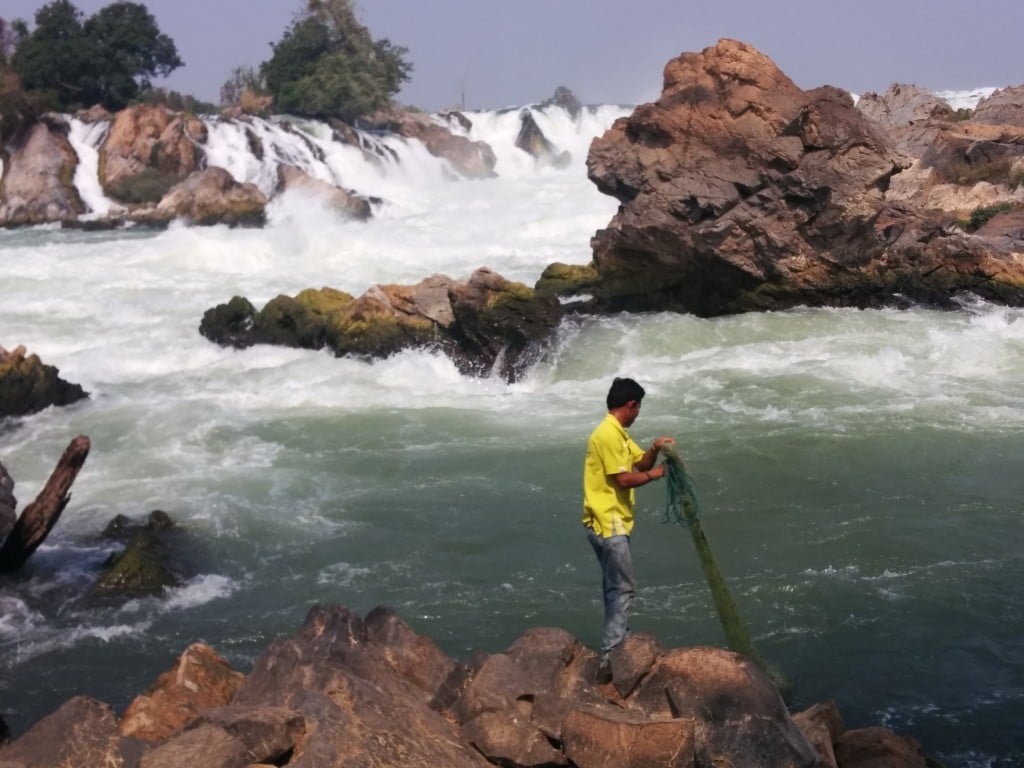Myanmar’s 140-MW Upper Paunglaung hydropower project officially opened this week in a ceremony that included officials from the country’s Minsitry of Electric Power and President U Thein Sein.
Located in central Myanmar along the Paunglaung River, the $24 million plant will help meet the country’s demand for power, which is increasing about 15 percent per year. An estimated 50 percent of Myanmar has no access to the power grid.
The hydropower project includes a 1,700-foot long, 322-foothigh “roller-compacted” concrete dam that will impound a reservoir of more than a million acre-feet. It will generate 454 million KWH and the electricity generated will be transmitted through the national power grid.


